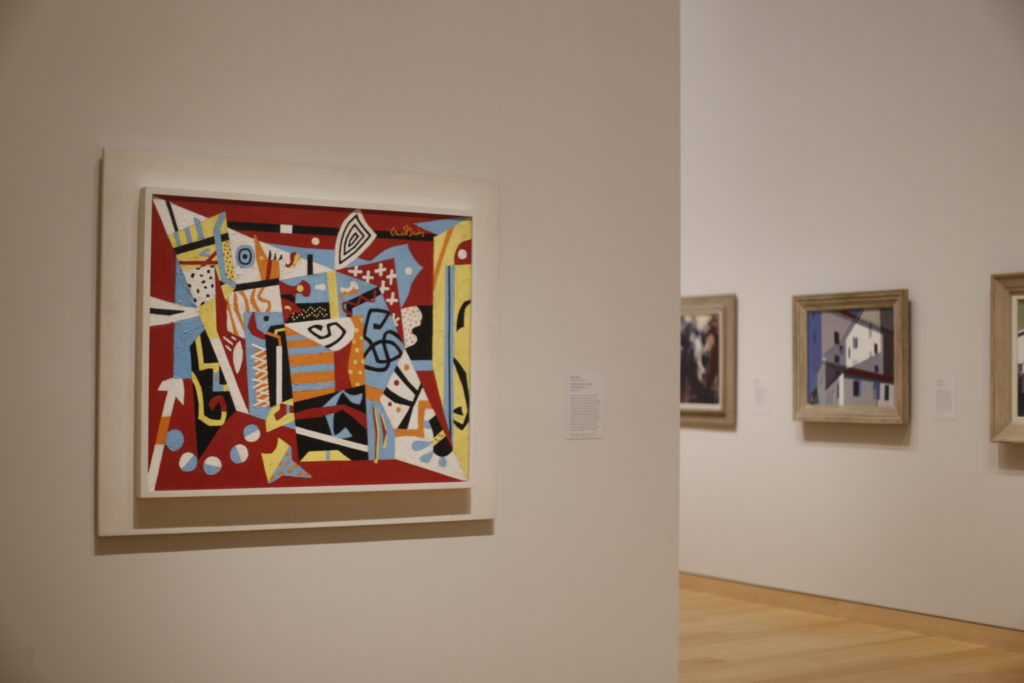Attempts to define Modern American art are as futile as trying to pin down what exactly an American is. Luckily, a continent comprised of such varied peoples and perspectives can speak for itself, as can be witnessed firsthand at the Museum of Fine Arts’ (MFA) new Art of the Americas reinstallation, “Making Modern.”
“This project was the brainchild of our director [Matthew Teitelbaum], who wanted to redo the top floor,” Eliot Bostwick-Davis, chair of the museum’s Art of the Americas collection, said. “‘Making Modern’ is a way to bring together the similarities between [Modern American artists], but also their distinctive personalities as they formed a statement about Modern art.”
Drawing heavily from their Lane Collection – which contains more than 6,000 photographs, 100 works on paper and 25 paintings, according to the MFA’s website – the exhibit spans five galleries of the museum’s top floor. Spurred by their acquisition of Frida Kahlo’s “Dos Mujeres” painting earlier this year, the museum’s curatorial team set to work on highlighting not only the unique perspectives that Modernism affords, but also the diverse female, immigrant and minority artists featured in their collection.
“It was very much our intention to get people to think about their own voices and what it means to be American,” Bostwick-Davis said. “This is a nation of immigrants, which has always been one of our great strengths. But we were also thinking about the Americas and how artists were responding to their cultural contexts, as well as their heritages.”
With works by the likes of Frida Kahlo and Georgia O’Keeffe, the exhibition increases the visibility of female artists in the Modern movement and focuses on the influence of immigrants in the early 20th century.
“Certainly, part of the conversation between these works deal with the experience of artists coming from Europe,” Katie Hanson, assistant curator of paintings for the Museum’s Art of Europe collection, said. “Integrating these works into a primarily American collection speaks to the interactions that happen between artists and adds a lot of variety and nuance to the exhibit.”
One of the galleries, titled “Pollock/Picasso,” showcases the ways in which Pablo Picasso, the Spanish master, influenced American Jackson Pollock.
“When you look at the conversation between Pollock’s and Picasso’s works, you realize that though they never met one another, the movement of bodies of works can impact artists abroad,” Hanson said.
This conversation taking place between the vastly different works throughout the exhibit is rendered brilliantly visible by the addition of insightful quotes by some of the artists themselves. In “Making Modern,” the vibrancy of individual expression is made clear and celebrated.
“You know, it astonishes me that women in this country have only had voting rights for about a century,” Heinz Hofer, a first-time visitor to the MFA from Zurich, said. “It’s important to show the different points of view of people. Anything that is put out to show equality and respect to other genders, races or religions – as long as it is respect they have in mind – I will support.”
“Making Modern” is part of the Art of the Americas wing of the MFA.
Photo by Amanda Barr









